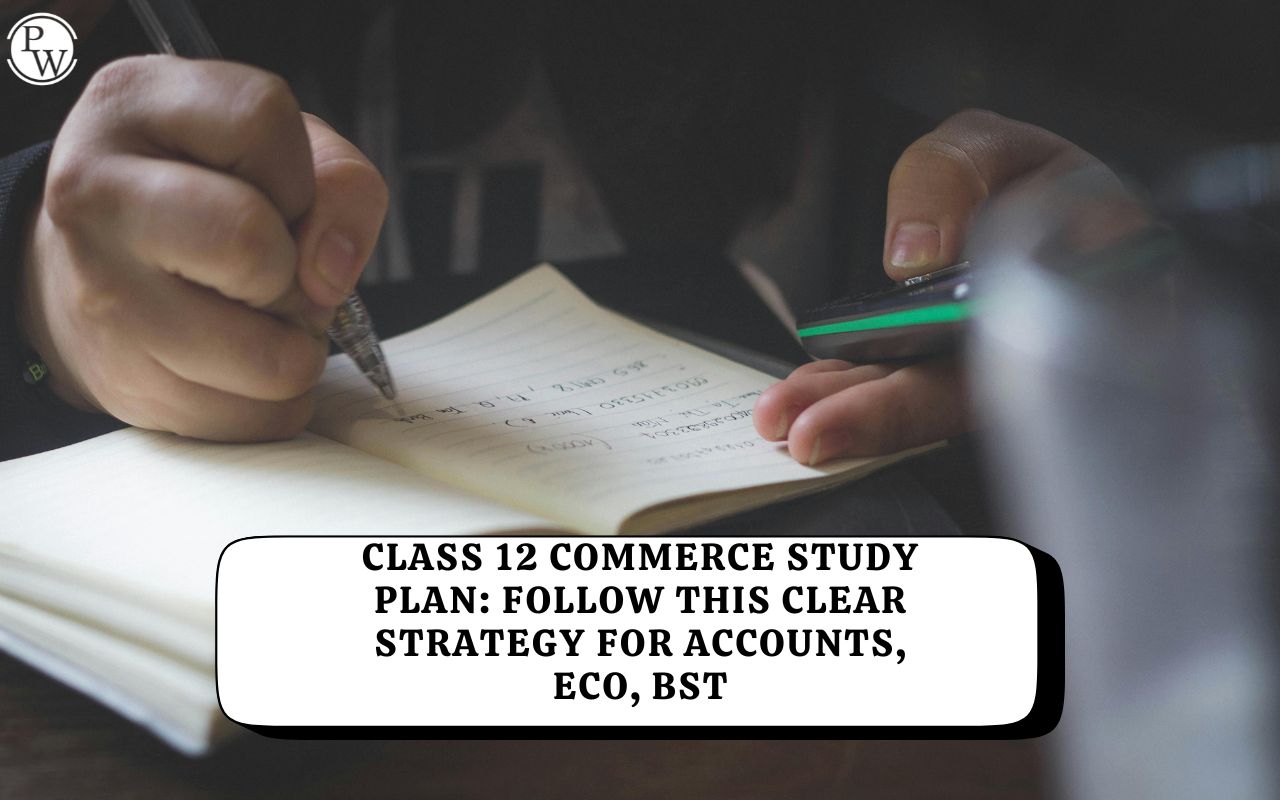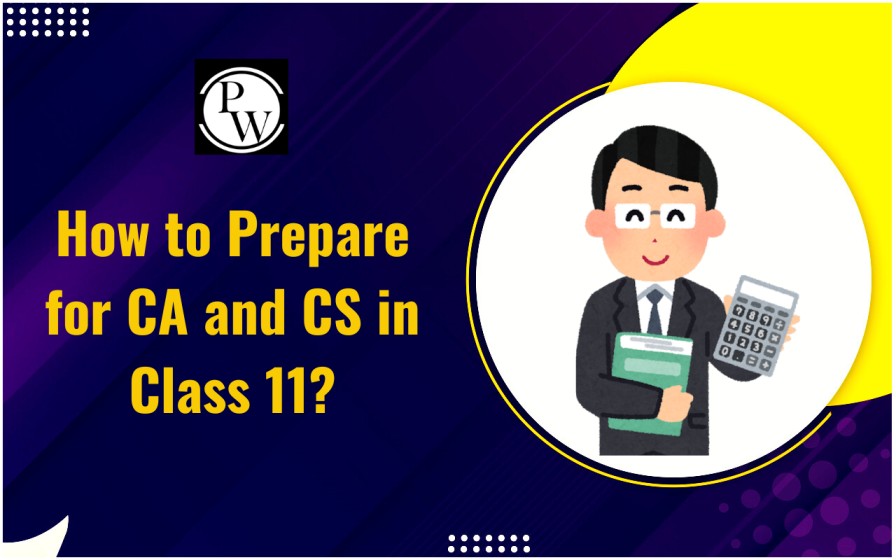
Traditional Commerce and E-Commerce : In today's dynamic marketplace, businesses and consumers engage in commerce through diverse channels, offering distinct advantages and challenges. Traditional commerce, rooted in physical interactions and local markets, contrasts sharply with e-commerce, which leverages the digital landscape to reach a global audience.
This article explores the fundamental differences between these two modes of commerce, highlighting their unique characteristics, impact on consumer behaviour, and implications for businesses in an increasingly interconnected world. Whether conducted face-to-face in bustling markets or facilitated through the click of a button on virtual platforms, understanding the nuances of traditional commerce and e-commerce is essential for effectively navigating the modern business landscape.What is Traditional Commerce?
Traditional Commerce refers to commercial transactions or exchanging information, buying or selling products and services in person without using the Internet. This older method of business, known as traditional business, involves direct, face-to-face interactions. Nowadays, this approach is less favoured due to its time-consuming nature and the physical effort required. An example of traditional commerce is a physical market or bazaar.Advantage of Traditional Commerce
Despite the rise of digital transactions, traditional commerce continues to offer unique benefits that cater to both businesses and customers. Here are some of the key advantages of traditional commerce:- Personal Interaction : Traditional commerce allows for face-to-face interactions, enabling customers and sellers to build personal relationships. This can lead to greater trust and loyalty.
- Tangible Experience : Customers can physically see, touch, and try products before purchasing, which can be a significant advantage for items like clothing, furniture, or electronics.
- Immediate Gratification : Purchases can be taken home immediately, without waiting for shipping, providing instant satisfaction to the customer.
- Better Customer Service : In-person interactions often allow for more personalised customer service, where employees can directly address customer needs and preferences.
- Support Local Economy : Traditional commerce supports local businesses and economies, fostering community development and employment opportunities within the locality.
- No Digital Divide : It is accessible to everyone, including those who may not have internet access or are uncomfortable with technology.
Disadvantage For Traditional Commerce
While traditional commerce offers various benefits, it also comes with several disadvantages that can impact both businesses and customers:- Limited Reach : Traditional commerce is generally restricted to local or regional customers, limiting the potential market size compared to online businesses that can reach a global audience.
- Higher Costs : Operating a physical store involves higher overhead costs, including rent, utilities, maintenance, and staff salaries, which can significantly impact profit margins.
- Time-Consuming : Shopping in person can be time-consuming for customers, who need to travel to the store, browse, and wait in line to make purchases.
- Limited Operating Hours : Physical stores are typically open only during specific hours, limiting customers' shopping options. This contrasts with e-commerce, which operates 24/7.
What is E-Commerce?
E-commerce, or electronic commerce, is a transformative force in the business world. It's all about buying and selling goods and services online, making it incredibly convenient. With online transactions, digital marketing, and various technological tools, e-commerce has revolutionised how we do business. It's no wonder people prefer e-commerce today-it saves time and eliminates the need for a physical location to conduct business. Everything can be done using laptops, smartphones, and the internet. Online shopping platforms are a prime example of e-commerce's transformational power.Advantages of E-Commerce
E-commerce has transformed the way businesses operate and how consumers shop. Here are some of the key advantages and disadvantages of e-commerce:- Global Reach : E-commerce allows businesses to reach a global audience, breaking geographical barriers and expanding the customer base beyond local markets.
- 24/7 Availability : Online stores are open 24/7, providing customers with the convenience of shopping anytime, regardless of business hours or time zones.
- Lower Operational Costs : Running an online store generally involves lower overhead costs than running a physical store, as it reduces the need for rent, utilities, and a large staff.
- Convenience : Customers can shop from the comfort of their homes using their computers or smartphones, saving time and effort.
- Wide Selection : E-commerce platforms often offer a broader range of products than physical stores, providing customers with more choices.
E-Commerce Disadvantage
E-commerce, despite its numerous advantages in today's digital age, also presents several challenges and drawbacks that businesses and consumers alike need to navigate. Here are some key disadvantages of e-commerce:- Lack of Physical Interaction : Customers cannot physically inspect or try products before purchasing, leading to dissatisfaction if the product does not meet expectations.
- Security Concerns : Online transactions are susceptible to cyber threats such as hacking, data breaches, and fraud, raising concerns about the security of personal and financial information.
- Technical Issues : E-commerce platforms can experience technical problems, such as website crashes, slow loading times, and payment processing errors, affecting the shopping experience.
- Shipping Costs and Delays : Customers may face additional shipping costs and delivery delays, which can be inconvenient and reduce satisfaction.
- Return and Exchange Hassles : Returning or exchanging products bought online can take time and effort, often involving shipping the items back to the seller.
- Lack of Physical Interaction : Customers cannot physically inspect or test products before purchasing, leading to dissatisfaction if the product does not meet expectations.
- Security Concerns : Online transactions are susceptible to cyber threats such as hacking, data breaches, and fraud, raising concerns about the security of personal and financial information.
- Shipping Costs and Delays : Customers may face additional shipping costs and delivery delays, which can be inconvenient and reduce satisfaction.
- Return and Exchange Hassles : Returning or exchanging products bought online can be cumbersome and time-consuming, often involving shipping the items back to the seller.
Difference Between Traditional Commerce and E-Commerce
Traditional commerce and e-commerce represent two distinct approaches to conducting business. Traditional commerce involves in-person transactions and physical storefronts, while e-commerce leverages the Internet for online transactions. Each method has its own unique set of characteristics, benefits, and challenges. Here’s a comparative table to highlight the key differences between traditional commerce and e-commerce:|
Traditional Commerce and E-Commerce |
||
| Aspect | Traditional Commerce | E-Commerce |
| Definition | Buying and selling products/services in person without the internet. | Buying and selling products/services over the internet. |
| Method of Transaction | Face-to-face, physical transactions. | Online, digital transactions. |
| Location | Requires a physical location such as a store or market. | No physical location needed; transactions occur online. |
| Reach | Limited to local or regional customers. | Global reach, accessible to customers worldwide. |
| Time Requirement | Time-consuming, as it involves physical visits and interactions. | Time-efficient, allowing instant transactions from anywhere. |
| Physical Effort | Requires physical effort to visit stores and carry products. | Minimal physical effort; transactions can be done from home. |
| Operating Hours | Limited to specific hours of operation. | 24/7 availability, accessible at any time. |
| Inventory Management | Physical inventory management often more challenging. | Digital inventory management often more streamlined. |
| Marketing and Advertising | Traditional methods like print media, billboards, and word of mouth. | Digital marketing techniques like SEO, social media, and email marketing. |
| Cost | Higher overhead costs due to rent, utilities, and staff. | Lower overhead costs, primarily digital platform fees. |
| Customer Interaction | Direct, face-to-face interaction with customers. | Indirect, through online communication channels. |
| Payment Methods | Cash, checks, and physical card payments. | Digital payments, including credit/debit cards, e-wallets, and cryptocurrencies. |
| Return and Exchange | Physical return and exchange process. | Online return and exchange process, often more convenient. |
| Security | Risk of theft and physical security concerns. | Digital security concerns like data breaches and cyber attacks. |
Begin your journey towards academic excellence in Commerce with our comprehensive Class 11 Commerce courses . Master the CBSE syllabus with expert guidance and ace your exams. Enroll now!”
Difference Between Traditional Commerce and E-Commerce FAQs
What is the traditional method of commerce?
The traditional commerce method involves face-to-face transactions where goods are exchanged for monetary gains in physical store spaces.
Are there any specific advantages of traditional commerce over e-commerce?
Traditional commerce offers advantages such as a physical shopping experience, immediate product availability, and opportunities for personal interaction.
Can you provide an example of how traditional commerce and e-commerce differ?
Certainly! Buying groceries at a local supermarket exemplifies traditional commerce, whereas purchasing clothing online from an e-commerce website represents e-commerce.
Talk to a counsellorHave doubts? Our support team will be happy to assist you!

Free Learning Resources
PW Books
Notes (Class 10-12)
PW Study Materials
Notes (Class 6-9)
Ncert Solutions
Govt Exams
Class 6th to 12th Online Courses
Govt Job Exams Courses
UPSC Coaching
Defence Exam Coaching
Gate Exam Coaching
Other Exams
Know about Physics Wallah
Physics Wallah is an Indian edtech platform that provides accessible & comprehensive learning experiences to students from Class 6th to postgraduate level. We also provide extensive NCERT solutions, sample paper, NEET, JEE Mains, BITSAT previous year papers & more such resources to students. Physics Wallah also caters to over 3.5 million registered students and over 78 lakh+ Youtube subscribers with 4.8 rating on its app.
We Stand Out because
We provide students with intensive courses with India’s qualified & experienced faculties & mentors. PW strives to make the learning experience comprehensive and accessible for students of all sections of society. We believe in empowering every single student who couldn't dream of a good career in engineering and medical field earlier.
Our Key Focus Areas
Physics Wallah's main focus is to make the learning experience as economical as possible for all students. With our affordable courses like Lakshya, Udaan and Arjuna and many others, we have been able to provide a platform for lakhs of aspirants. From providing Chemistry, Maths, Physics formula to giving e-books of eminent authors like RD Sharma, RS Aggarwal and Lakhmir Singh, PW focuses on every single student's need for preparation.
What Makes Us Different
Physics Wallah strives to develop a comprehensive pedagogical structure for students, where they get a state-of-the-art learning experience with study material and resources. Apart from catering students preparing for JEE Mains and NEET, PW also provides study material for each state board like Uttar Pradesh, Bihar, and others
Copyright © 2025 Physicswallah Limited All rights reserved.
Get App









